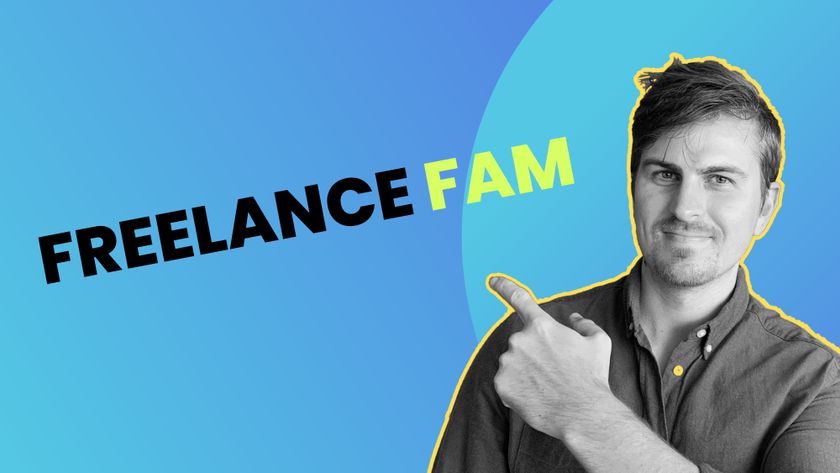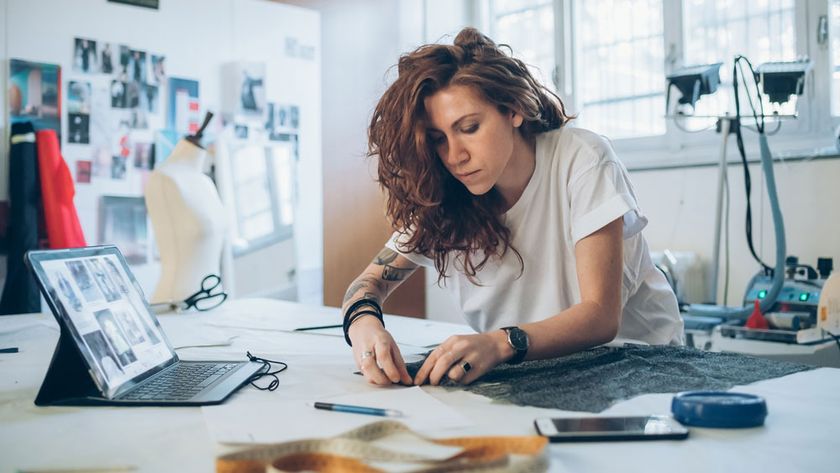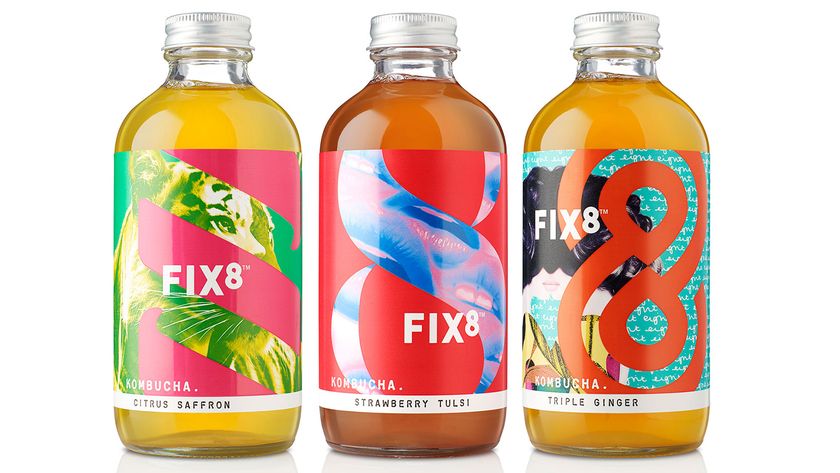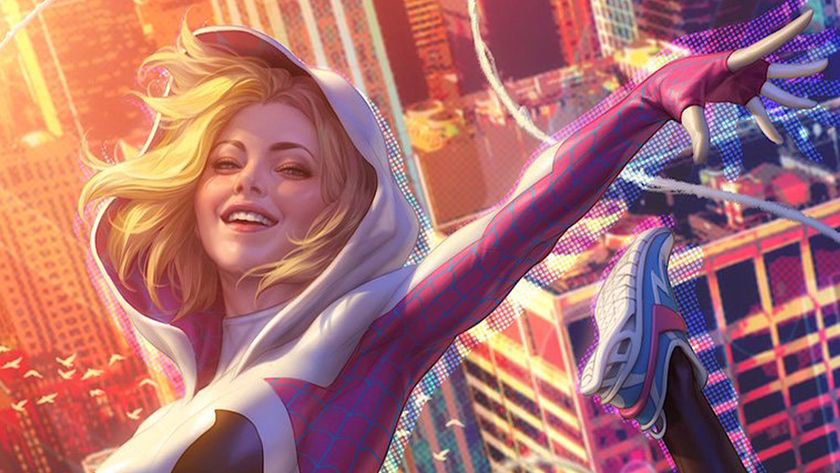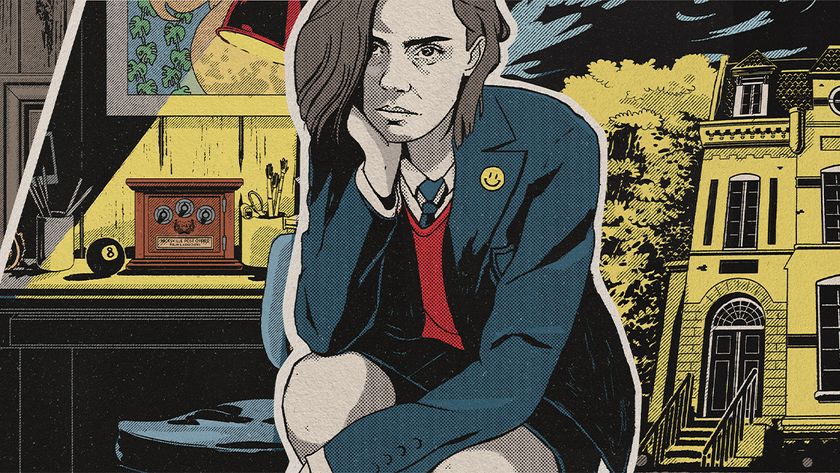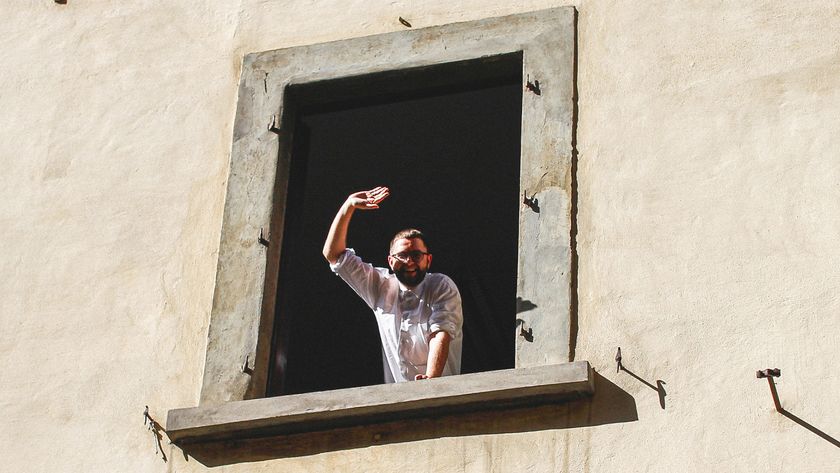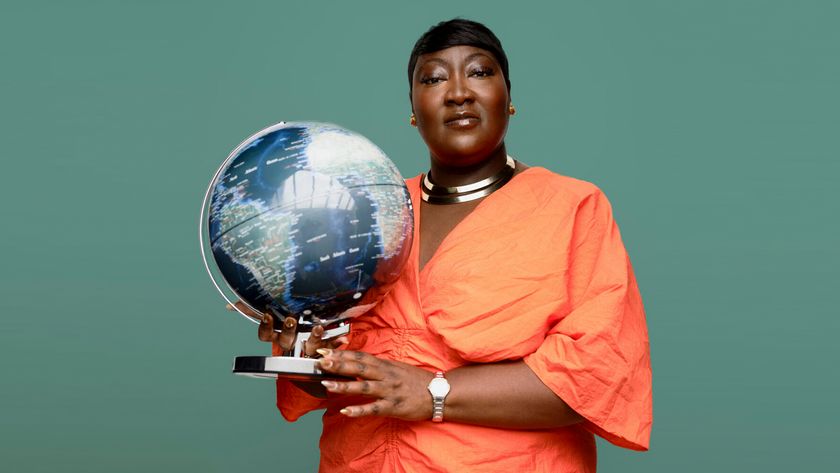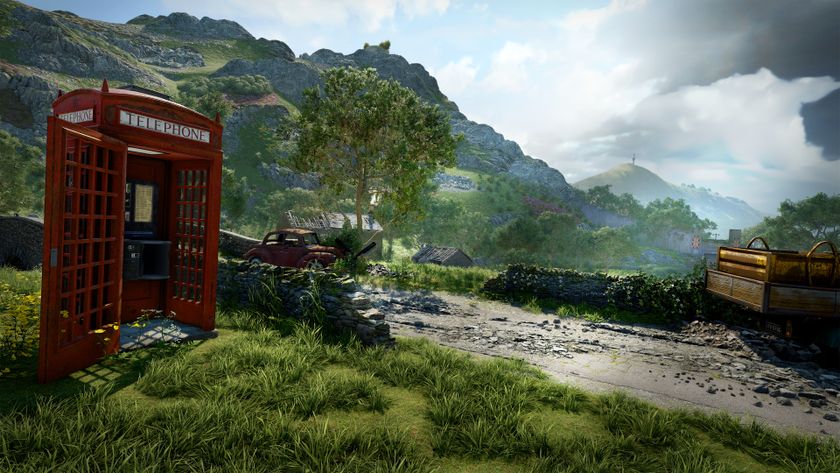Studio vs freelance: The pros and cons
Is it time to go your own way, or are you better off working in-house? Pro artists share their views.
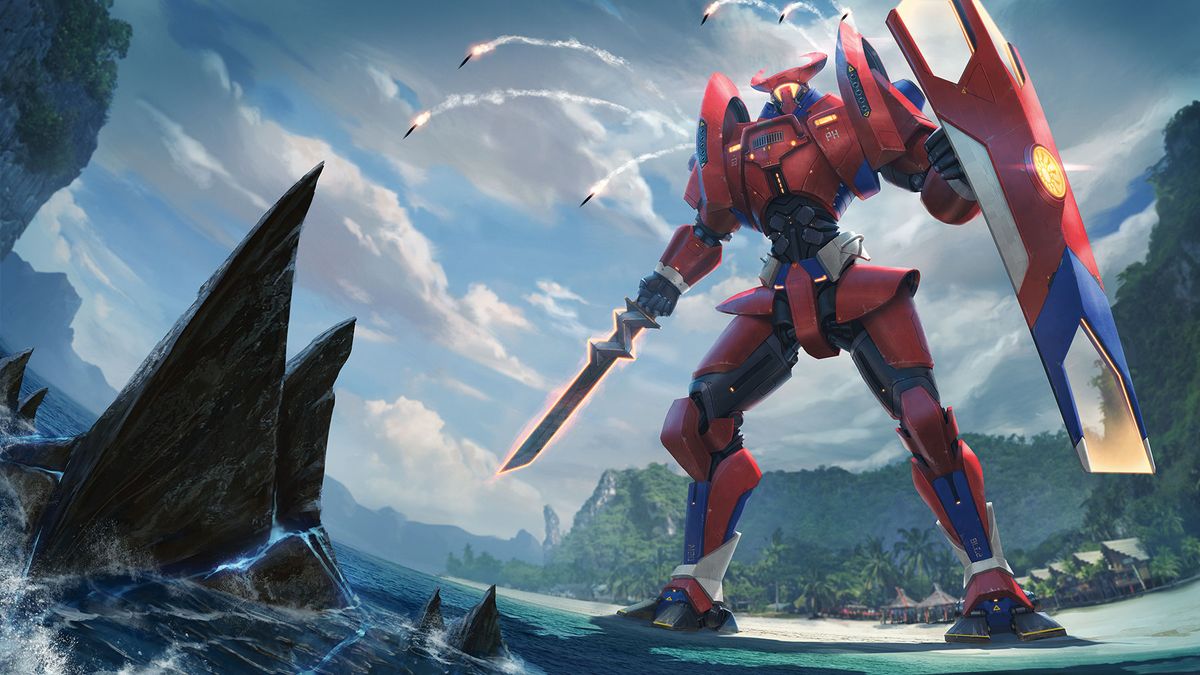
Careers are constantly marked by forks in the road, and digital art is no exception. Whether it’s settling on a niche in the industry, or opting to pursue further education instead of paid work, or figuring out the right step to bolster your creative resume, there are plenty of big questions artists have to ask themselves. One of the toughest choices to make is deciding whether to go freelance or work in a studio.
Going freelance has the lure of flexibility, whereas studio life offers security and human contact, so how is an artist meant to pick a route? Personal finances, current skill level and career aspirations are all key factors to consider. We spoke to professional digital artists of all types to find out their thoughts on the pros and cons of working freelance or going in-house. Here's what they had to say.
Studio benefits
The fear of not having enough paid work prevents a lot of artists from going freelance. But for Naughty Dog lighting artist Boon Cotter, the hassle of time management proved too much. “I was always ‘on’, and that drained me,” says Cotter. “Working freelance, in a way, felt like 24/7 crunch to me. I’ve always enjoyed studio work in part due to the social aspect; being in the trenches so to speak. I feel much more connected with a project when I’m on the ground with the team. Much of my inspiration comes from the people around me, watching them do really cool work, and wanting to help make it even better.”
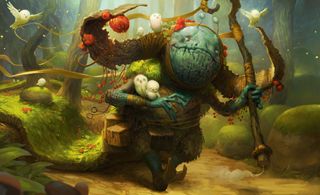
“An artist should ideally experience both studio and freelance work,” says lead artist at Opus Artz and former freelancer, Bjorn Hurri. A lot of the choice depends on an artist’s character and preferences, which includes an attitude to money.
“Studio gigs are great for long term, steady career progression with a safer economic outlook,” Hurri adds. “Also, you generally have an annual review of your personal progression as an artist. There’s a natural cap on opportunities for senior positions, but you’d play the long game to get there.”
Career curveballs
Given that the industry can throw you a curve ball, sometimes the choice is made for you. And that can be a blessing in disguise. This is just what happened to freelance concept artist and illustrator Deiv Calviz when things started to get shaky at the local outsourcing studio that he worked at. “A lot of people were being laid off and projects were being cancelled,” Calviz says. “I was one of the last few people left in the studio. By this time, I had begun to take on some freelance work for a trading card game. It was a project that would span a few months, so freelance had started to become a better choice.”
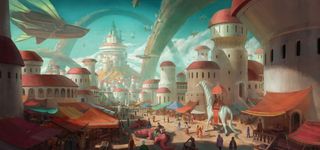
Alayna Danner is another artist who had the freelance life thrust upon her, although thanks to some groundwork, the career change was a blessing in disguise. “I had already been working on the side for an analog game company Rio Grande Games. Being laid off was actually very good for me because Rio had two years’ worth of work for me to do,” says the illustrator and concept artist. “I’ve had steady freelance work ever since then.”
Get the Creative Bloq Newsletter
Daily design news, reviews, how-tos and more, as picked by the editors.
Balancing act
Juggling incoming work and finances are key aspects that potential freelancers need to keep in mind. “Gauge what you’re doing against what you’re being paid,” advises Danner. “Be wary, but also evaluate what you can do with your images. If a company lets you sell prints of the work you complete, that can add a lot to your income, but keep in mind what they’ll be assigning you.”
And if you find yourself in a freelance dry spell, there are always ways to keep busy. “Lots of websites regularly post job offers, such as Upwork, DeviantArt, Unity and Unreal forums,” says Calviz. “You can even directly email companies such as Wizards of the Coast, Paizo and Games Workshop.”
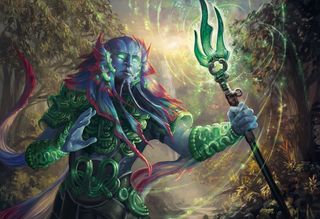
Self-promotion is time well spent for freelancers in-between projects. “Most of my clients discovered me through ArtStation and DeviantArt,” says Calviz. “It’s important to post regularly so people will discover you. I put proper tags, titles, descriptions and even a website link or name on the actual image. All these will help to gain more reach. A lot of artists don’t put enough time on these basic things.”
A good portfolio is crucial for both freelancers and studios, so it’s important to get it right. “Be sure to tailor and build your portfolio to exactly what industry you want to be in,” says Danner. “Take freelance work on the side to build up a client base if your job allows it. If you want to do realistic fantasy art, be sure to have that in your portfolio. If you get a portfolio review from an art director, have a thick skin and don’t be too attached to your pieces. If you aren’t to their level you can evolve, and the best way to do that is to just keep working at it.”
Creative freedom
Job satisfaction can be found in either freelance or studio roles, but does one offer more artistic fulfilment over the other? “It depends on the studio and contract,” says Cotter, “but I’ve never felt like I’ve had more creative freedom in my life than right now. Having the freedom to make my own creative choices in a studio like Naughty Dog gives me real ownership of the results.”
Contrary to received wisdom, studios offer a comparable amount of artistic flexibility to freelance roles. Experimenting with both positions, if possible, is the best way to figure out which one’s right for you. Remember, though, that you’re picking your payoff no matter which route you choose.
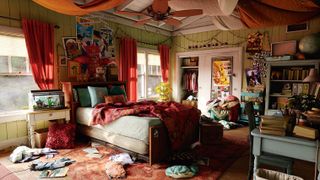
“Freelancing is a full-time job,” warns Calviz. “If someone would like to freelance with the mindset that life will be easier, that’s really not the case. If you don’t have the discipline to stick to a schedule, it’s very easy slack off.
“On the flip side, with a freelance gig there’s usually no middle person. You work directly with your client and you can suggest ideas up front. In studios, politics and middle people can cause too much unnecessary revisions and bad ideas.”
This article originally appeared in ImagineFX, the world's best-selling magazine for digital artists. Buy issue #164 or subscribe here.
Read more:

Thank you for reading 5 articles this month* Join now for unlimited access
Enjoy your first month for just £1 / $1 / €1
*Read 5 free articles per month without a subscription

Join now for unlimited access
Try first month for just £1 / $1 / €1
Dom Carter is a freelance writer who specialises in art and design. Formerly a staff writer for Creative Bloq, his work has also appeared on Creative Boom and in the pages of ImagineFX, Computer Arts, 3D World, and .net. He has been a D&AD New Blood judge, and has a particular interest in picture books.

